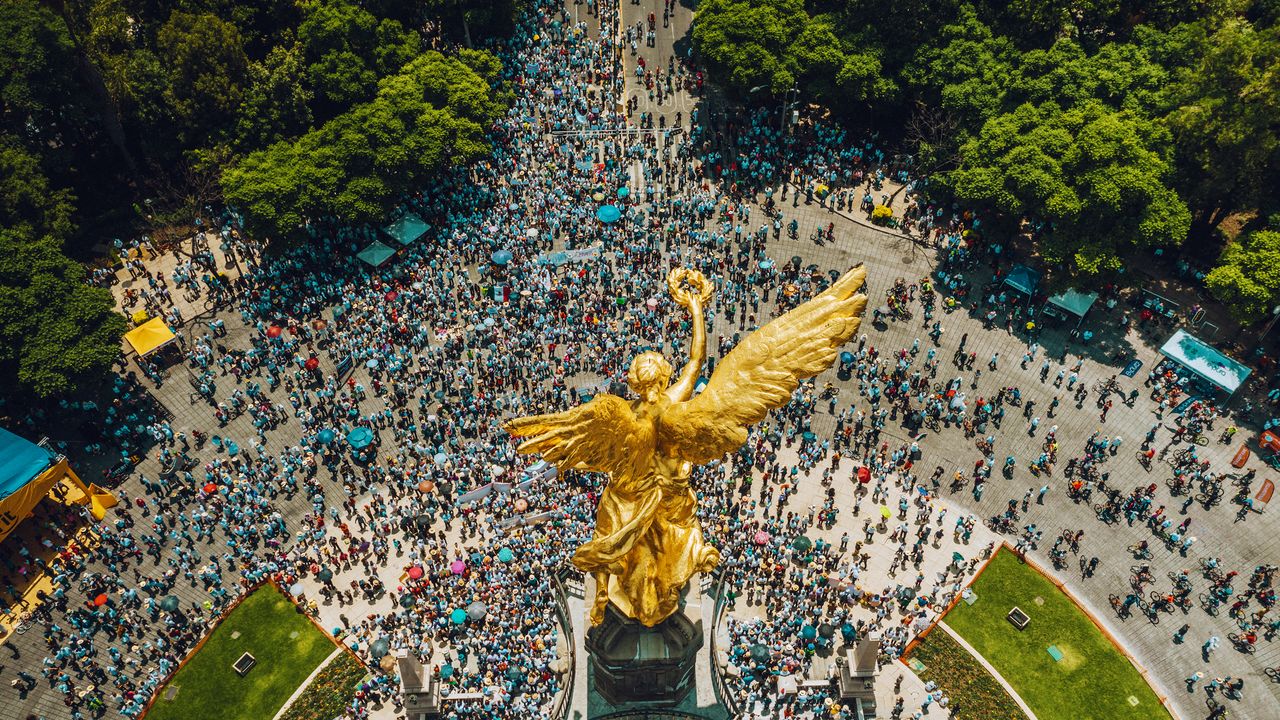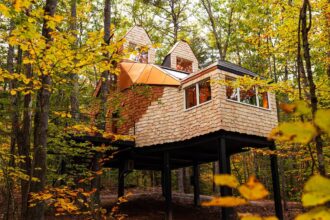How Gentrification Continues to Change Mexico City—and What Comes Next
Mexico City, a vibrant metropolis with a rich tapestry of history, culture, and diversity, is undergoing significant transformations that reflect a global phenomenon: gentrification. Over recent years, neighborhoods that once thrived on local identity and tradition have been reshaped by economic pressures, urban development, and demographic shifts. Understanding the implications of gentrification in Mexico City offers critical insights into the city’s future and the urban dynamics affecting many cities across the globe.
What is Gentrification?
Gentrification refers to the process by which a deteriorating urban area experiences an influx of higher-income residents, leading to the displacement of lower-income populations and altering the fabric of the neighborhood. This often occurs through rising property values and rents, the introduction of new businesses catering to affluent clientele, and a general overhaul of the neighborhood’s identity. In Mexico City, this phenomenon has become increasingly pronounced, particularly in areas like Roma, Condesa, and Polanco.
The Forces Driving Gentrification in Mexico City
Economic Development and Investment
One of the primary drivers of gentrification in Mexico City is economic development. As foreign investment flows into the country, particularly in real estate and tourism, neighborhoods that were once considered less desirable are undergoing rapid transformations. Developers and investors are attracted to these areas due to their prime locations and potential for profit, often ignoring the local community’s needs.
Population Dynamics and Cultural Appeal
A younger, more mobile population is also fueling gentrification. Many millennials and expatriates are drawn to Mexico City for its vibrant culture, culinary scene, and creative industries. This demographic shift has prompted demand for trendy amenities such as boutique cafes, art galleries, and co-working spaces. The result is often a clash between the new arrivals and long-standing residents, leading to changing social dynamics and cultural erosion.
Infrastructure Improvements
Infrastructure improvements, such as enhanced public transportation and urban renewal projects, also play a significant role in promoting gentrification. Areas with better accessibility and upgraded amenities become hotspots for development, further increasing property values. While these improvements can benefit residents in terms of mobility and services, they often coincide with rising living costs that lead to displacement.
The Human Cost of Gentrification
While gentrification can bring economic revitalization, it comes at a significant human cost. Long-term residents—often from low-income backgrounds—may find themselves unable to afford their homes as rents soar and property taxes rise. This displacement can rupture community ties, strip neighborhoods of their cultural heritage, and create socioeconomic disparities.
Loss of Cultural Identity
In neighborhoods like Roma and Condesa, the rise of upscale restaurants and boutique shops has altered local landscapes. Traditional markets and family-owned businesses are replaced by chain stores and luxury retailers, leading to a loss of cultural identity. The unique cultural mosaic that once characterized these neighborhoods is threatened, as new arrivals frequently overlook or undervalue the history and traditions that shaped these areas.
Strains on Community Ties
The displacement of lower-income residents can lead to fragmented communities. Social networks that have developed over generations may be disrupted, leading to feelings of isolation and loss among those forced to relocate. Longstanding social initiatives and communal activities often fade as new residents, unfamiliar with the community’s history, settle in.
The Response to Gentrification
Grassroots Activism
In response to these changes, grassroots activism has emerged as a critical force in advocating for housing rights and community preservation. Local residents, alongside various NGOs, have protested against rent hikes and sought to protect the cultural heritage of their neighborhoods. By organizing community events and fundraising efforts, these groups aim to amplify their voices and counteract the forces of gentrification.
Policy Initiatives
The Mexican government has also recognized the challenges posed by gentrification. In some areas, policymakers are beginning to implement measures aimed at protecting low-income residents, including rent control initiatives and housing assistance programs. These policy responses strive to strike a balance between urban development and the need for equitable housing solutions.
What Comes Next?
As gentrification continues to reshape Mexico City, the question looms: What comes next? The city’s future will likely depend on a careful balance of development and community preservation.
Potential for Inclusive Development
One hopeful prospect is the potential for inclusive development models. Urban planners and local governments may increasingly prioritize community input in development projects, working to create spaces that honor local traditions while accommodating economic growth. Collaboration between stakeholders—including neighborhood associations, residents, and developers—could foster mutually beneficial outcomes.
Increased Awareness and Advocacy
As the effects of gentrification are more widely discussed, awareness is growing regarding the need to protect vulnerable communities. Education and advocacy efforts can empower residents to engage in the urban development process, ensuring their voices are heard. A more informed public can pressure decision-makers to consider the social implications of their policies and prioritize equitable outcomes.
Sustainable Urban Practices
In the longer term, Mexico City may lead the way in sustainable urban practices. By prioritizing affordable housing, public transport, and communal spaces, the city can create vibrant, inclusive neighborhoods that support diverse populations. Emphasizing sustainable development strategies can help mitigate the adverse effects of gentrification, enabling a broader spectrum of residents to thrive.
Conclusion
Gentrification is not merely an urban trend—it is a complex phenomenon that reshapes communities and lives. As Mexico City grapples with these changes, it stands at a crossroads: either succumb to the pressures of rapid urbanization or embrace a path of inclusive development that honors its rich cultural heritage. The future of Mexico City will depend on collaborative efforts among government, community organizations, and residents to shape an urban landscape that celebrates diversity and fosters resilience. As the city navigates these challenges, its fate remains a critical case study for other metropolises worldwide grappling with similar issues. The journey ahead is uncertain, but one thing is clear: Mexico City’s vibrant spirit will continue to thrive, adapting to change while holding onto its rich past.





